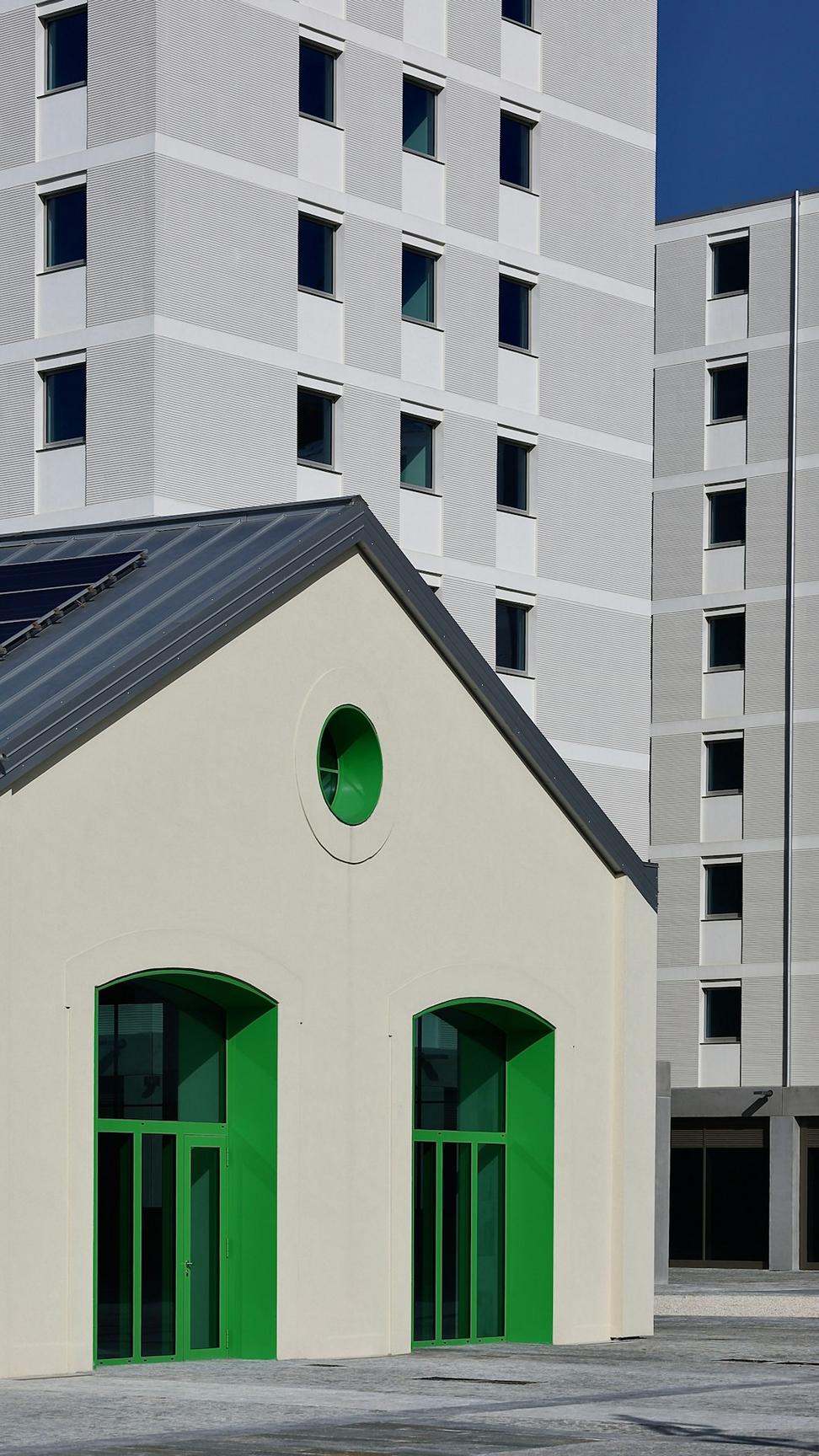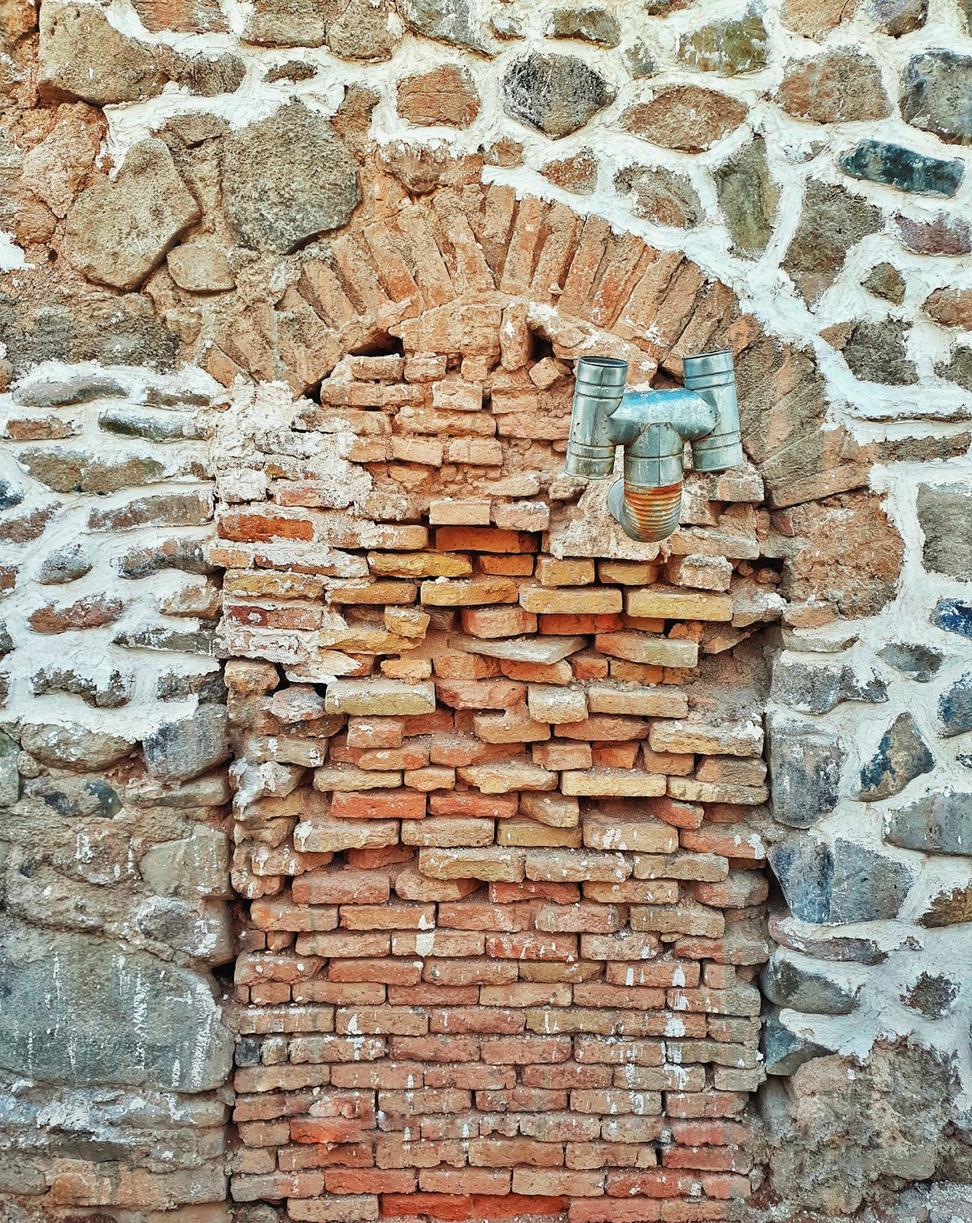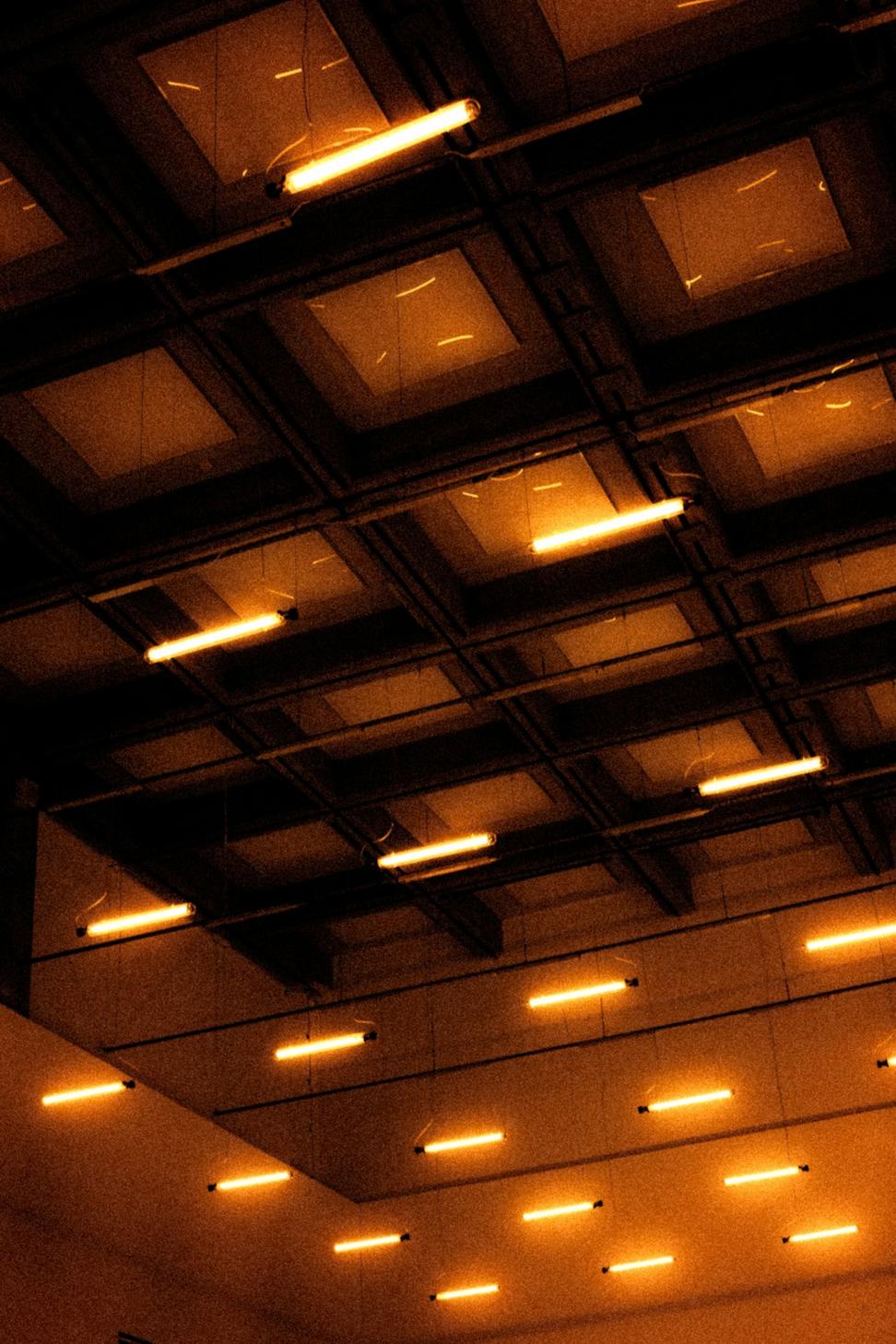
Building Green, Actually
We're not just slapping solar panels on roofs and calling it a day—this is about doing the hard work that matters.
Look, we've been around long enough to see every "eco-friendly" trend come and go. What we've learned? The greenest building is often the one that's already standing.
That's why we're obsessed with heritage restoration—you're keeping embodied carbon locked away, preserving craftsmanship that can't be replicated, and avoiding the massive environmental cost of demolition and new construction.
But when we do build new or retrofit old spaces, we're meticulous about it. We're talking real performance metrics, not marketing fluff. Energy modeling that actually matches reality. Materials we can trace back to their source.
Let's Talk Green Strategy
Average Energy Reduction
Across retrofit projects vs. baselineWater Saved Annually
Through smart fixtures & greywater systemsConstruction Waste Diverted
From landfills on avg. projectCO2 Emissions Avoided
Last year through our projectsWe've shepherded projects through Gold and Platinum certification. Yeah, it's paperwork-heavy, but the framework keeps us honest about energy performance, material sourcing, and indoor air quality.
This one's tough—ridiculously tight performance standards. But when you pull it off? Buildings that barely need heating or cooling. We're talking 90% energy reduction compared to typical code.
The holy grail. We're working toward CaGBC's Zero Carbon Building standards on several projects—operational emissions first, then tackling embodied carbon through smart material choices.
Not every project needs every strategy—we're practical people. But here's what we're constantly evaluating.
We use detailed thermal modeling from day one. This isn't guesswork—we're predicting actual energy use within 10-15% accuracy and designing accordingly.
Insulation, air sealing, high-performance windows—boring stuff that actually matters. You can't tech your way out of a leaky building envelope.
Heat pumps where they make sense. Heat recovery ventilation. Radiant systems in the right applications. We're not married to any particular technology—just what works.
We're tracking embodied carbon through Environmental Product Declarations. Using salvaged materials where possible. Specifying low-VOC everything because indoor air quality matters.
Solar PV when the orientation works and the economics aren't fantasy. Geothermal where there's space. We run the numbers—if it's just for show, we'll tell you.
Rainwater harvesting for irrigation. Greywater systems where codes allow. Low-flow fixtures that don't make people hate their lives. Stormwater management that actually handles climate reality.
Buildings perform how they're operated, not just how they're designed. We stick around to make sure systems are tuned properly and keep tabs on actual performance.
Climate's changing whether we like it or not. We're designing for increased cooling loads, more extreme weather events, and grid instability that's coming down the pipe.

Here's something most people don't realize: a typical building takes 35-50 years to offset the carbon emissions from its construction. That old warehouse you want to tear down? It's already paid that debt.
When we retrofit heritage buildings with modern systems, we're getting the best of both worlds—preserving embodied carbon while hitting contemporary performance standards. We've done conversions that use 60% less energy than new construction while keeping the character intact.
We took a 1920s manufacturing building—single-pane windows, zero insulation, heating system from the 80s burning through gas like it was going out of style.
Fourteen months later: LEED Gold, 71% energy reduction, all while keeping the timber frame and brick facade. The owner's utility bills dropped by $43K annually.
That's the kind of project that gets us out of bed in the morning.
See the Full ProjectCLT and glulam are game-changers for mid-rise construction. Carbon sequestration built right into the structure, faster installation, and honestly? It looks incredible exposed.
When we need steel—and in industrial conversions, we often do—we're specifying high recycled content. Some suppliers are hitting 90%+ post-consumer material now.
Concrete's a carbon nightmare, but alternatives are emerging. We're using supplementary cementitious materials—fly ash, slag—to cut embodied carbon by 30-40%.
Better fire performance than foam, made from abundant rock, and you're not off-gassing chemicals for years. It's more expensive but worth it.
Reclaimed brick, timber beams, factory windows—this stuff has character you can't fake and zero additional carbon footprint. We work with local salvage yards regularly.
Yeah, it costs more upfront. But in Canadian winters? The payback is real. We're specifying European-style tilt-turn units that actually seal properly.
We're not promising miracles or pushing products. Just solid, evidence-based sustainable design that actually performs. Let's figure out what makes sense for your project.